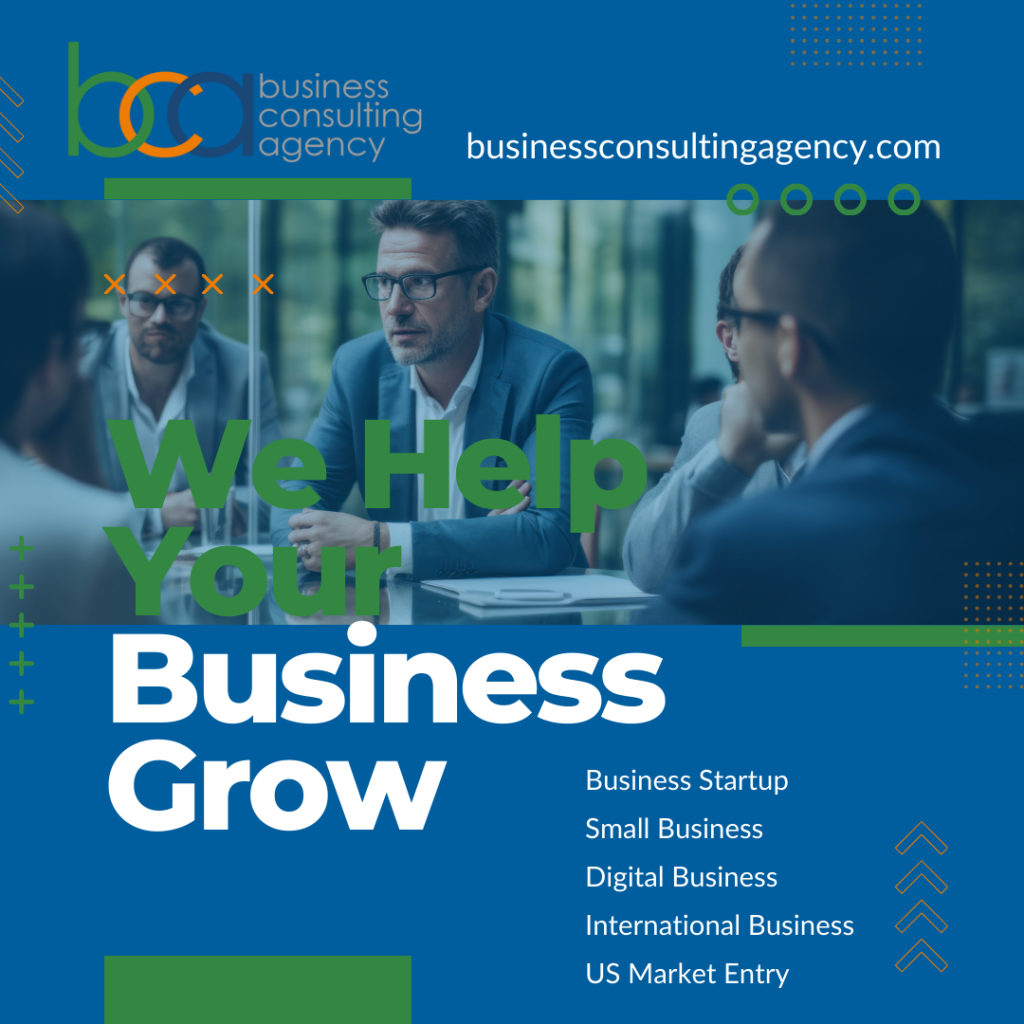
Understanding a Diverse and Competitive Landscape
The US market is highly diverse, with a vast population spread across 50 states, each with unique cultural preferences and demographics. Businesses face the challenge of addressing this diversity effectively. A product or service that resonates in one region may require adjustments to appeal to consumers in another.
The intense competition in the US market is another challenge for new entrants. Numerous domestic and international brands compete for consumer attention, which makes it difficult for new companies to stand out. Without a unique value proposition, businesses may struggle to differentiate themselves.
Solution: Before entry, conduct thorough market research to understand the preferences and demands of different consumer segments. By developing a detailed market entry plan, businesses can segment their target audience and identify areas where they can offer unique value. A well-defined positioning strategy helps establish a brand identity that resonates with US consumers.
Navigating Complex Legal and Regulatory Requirements
The US has a complex regulatory environment with federal, state, and local laws governing business operations. Regulations can vary significantly from state to state, adding complexity for businesses that plan to operate nationwide. Compliance requirements can cover labor laws, tax regulations, product standards, environmental guidelines, and more. Non-compliance can result in heavy fines and damage to the company’s reputation.
For certain industries, such as pharmaceuticals, food, and finance, regulatory requirements are even more stringent. Companies in these sectors must often pass rigorous compliance checks, such as FDA approval for food and drug products.
Solution: Engage legal experts and regulatory consultants to navigate the compliance landscape effectively. They can provide guidance on regulatory requirements, assist in obtaining necessary certifications, and ensure that all business practices align with US laws. Additionally, staying updated on regulatory changes is essential, as non-compliance can have severe consequences.
Managing High Operational Costs
Operating in the US can be costly, particularly for businesses unfamiliar with its cost structure. Expenses such as wages, rent, insurance, and utilities are higher in the US than in many other countries. Additionally, hiring skilled labor often involves competitive salaries and benefits, especially in major metropolitan areas.
Supply chain and logistics costs can also be substantial. The US is a large country, and managing distribution across regions requires significant investment in logistics. Companies entering the US market without a clear understanding of these costs may find themselves facing financial strain.
Solution: Careful financial planning and budget forecasting are crucial. Businesses should conduct a cost analysis for each aspect of their operations, from staffing to logistics. Many companies start small, entering specific regions first to minimize overhead costs and expand gradually as they establish profitability. Outsourcing certain operations, such as warehousing or customer support, can also help manage costs effectively.
Adapting to US Consumer Preferences
The American consumer market has high expectations, particularly regarding customer service and product quality. Consumers value convenience, personalized experiences, and responsive customer support. Businesses must be prepared to meet these demands, which often means adapting products or services to fit US preferences and trends.
For instance, sustainability has become increasingly important to American consumers, with a growing preference for eco-friendly products. Brands that do not align with these values may struggle to connect with their audience.
Solution: Conduct consumer research to understand the latest trends and preferences within the US market. Adapting products to local tastes and marketing messages to reflect current consumer values can strengthen a brand’s appeal. Building a strong customer service team to handle inquiries and resolve issues promptly can also enhance customer satisfaction and loyalty.
Building Brand Awareness in a Saturated Market
The US market is saturated with well-established brands, making it challenging for newcomers to gain visibility. US consumers are bombarded with advertising from all directions, from traditional media to digital channels. For a new brand, breaking through this noise to build brand awareness can be daunting.
Many companies underestimate the importance of a strong marketing strategy and often lack the resources to compete with large brands’ advertising budgets. However, without effective brand awareness, it is difficult to attract a steady customer base.
Solution: Developing a targeted marketing strategy that includes both digital and traditional channels is essential. Social media, content marketing, and influencer partnerships are often more cost-effective than traditional advertising and allow new brands to connect with their audience in an authentic way. Additionally, creating localized campaigns that resonate with specific regions can help build brand awareness gradually and generate a loyal following.
Overcoming Barriers to Entry in the US Market
Certain industries in the US market have high barriers to entry, such as automotive, healthcare, and telecommunications. These industries are dominated by a few key players, and the cost of entry is substantial. Breaking into these markets requires significant financial resources, specialized knowledge, and often, partnerships with established players.
Solution: For industries with high entry barriers, partnerships and joint ventures can be valuable. Partnering with established companies can provide access to distribution channels, industry knowledge, and an existing customer base. Alternatively, targeting underserved market segments or offering a unique niche product can help companies gain a foothold without directly competing with industry giants.
Building Strong Supply Chains and Distribution Networks
A reliable supply chain is crucial for maintaining a steady flow of products and meeting consumer demands in the US. Supply chain disruptions, such as those seen during the COVID-19 pandemic, can significantly impact a company’s operations. Additionally, distribution networks vary across the country, requiring companies to plan their logistics carefully.
Establishing efficient and reliable logistics can be costly, especially if a company lacks experience managing large-scale distribution in the US.
Solution: Consider partnering with third-party logistics providers (3PLs) that have established networks in the US. These providers can handle warehousing, shipping, and last-mile delivery, reducing the complexity and cost of managing logistics. Additionally, diversifying suppliers and building strong relationships with them can improve supply chain resilience.
Overcoming Cultural Differences and Language Barriers
While English is the primary language in the US, cultural differences can still pose challenges for international businesses. Communication styles, customer expectations, and workplace norms can differ significantly from those in other countries. Misunderstanding these cultural nuances can lead to miscommunication, brand missteps, and loss of credibility.
Solution: Invest in cross-cultural training for key team members to understand the expectations and norms of US consumers. Hiring local talent or partnering with local consultants can also help bridge cultural gaps. Adapting communication styles, product messaging, and even branding to fit US preferences can make a significant difference in connecting with the audience.
Conclusion: Addressing US Market Entry Challenges for Success
Entering the US market offers substantial opportunities, but it requires a proactive approach to overcoming key challenges. By understanding the diversity of the market, navigating legal requirements, managing costs, and adapting to consumer preferences, businesses can increase their chances of success. With thorough preparation, cultural adaptability, and strategic partnerships, companies can build a sustainable presence in the competitive US market, unlocking growth potential and achieving long-term success. US market entry challenges that require o to overcoming to succeed. Are you looking to enter the US market? Work with experts for results.








